Publishing API documentation
By Tom Johnson / @tomjohnson
idratherbewriting.com
Slides available at
idratherbewriting.com/slides/publishing_api_docs
Tool expertise is one value we add
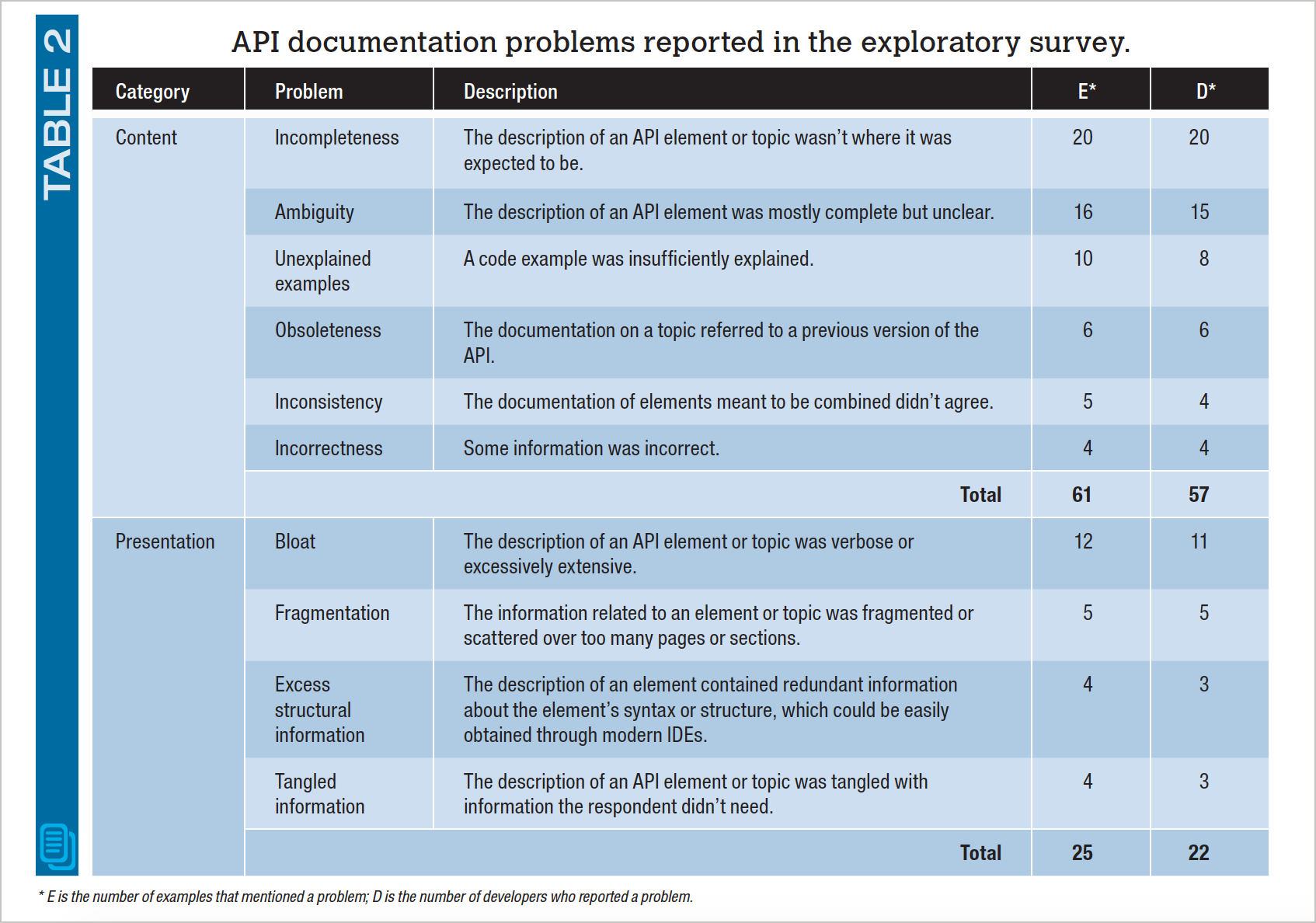
27% use static site generators
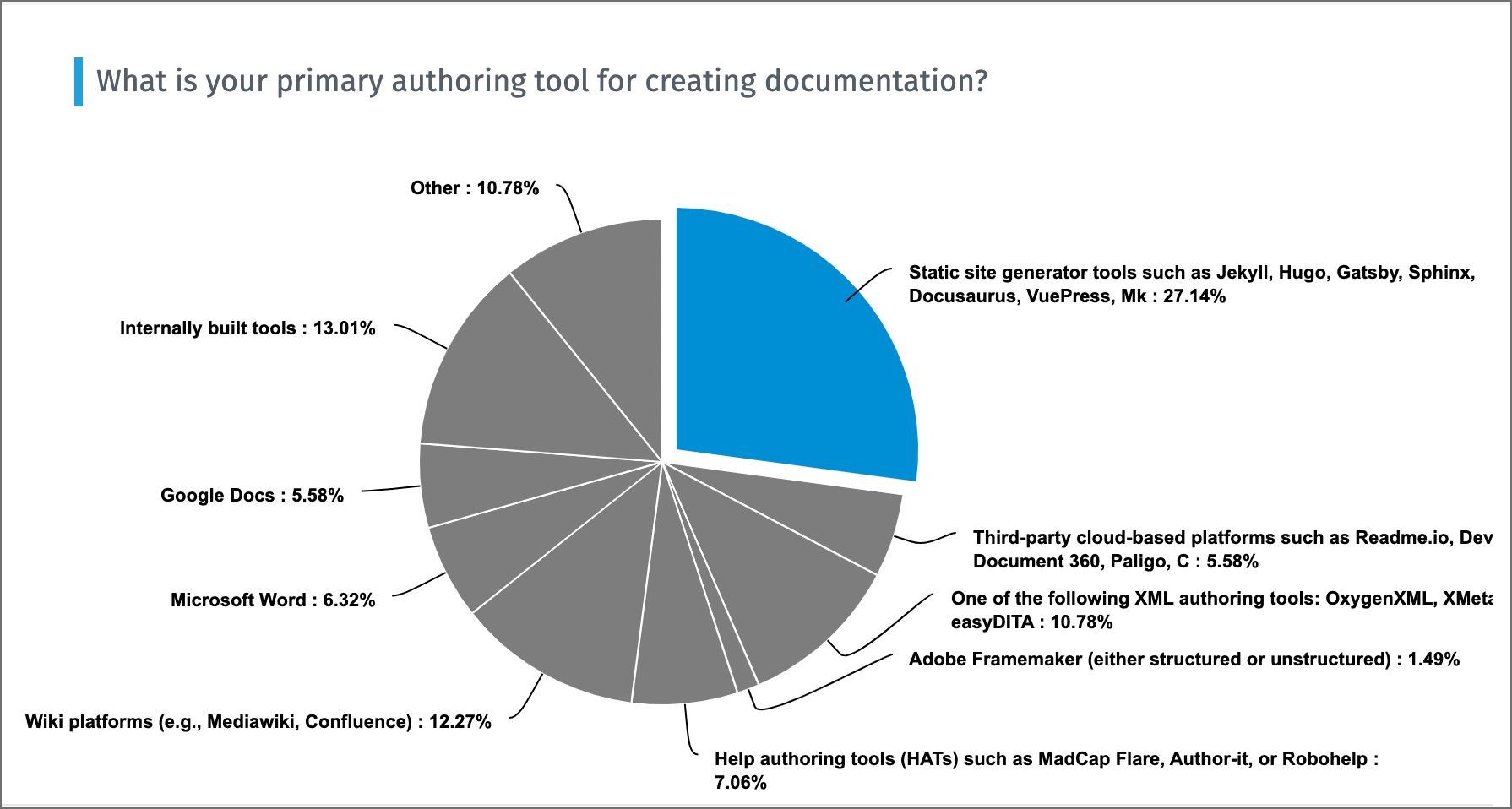
59% follow a docs-as-code approach
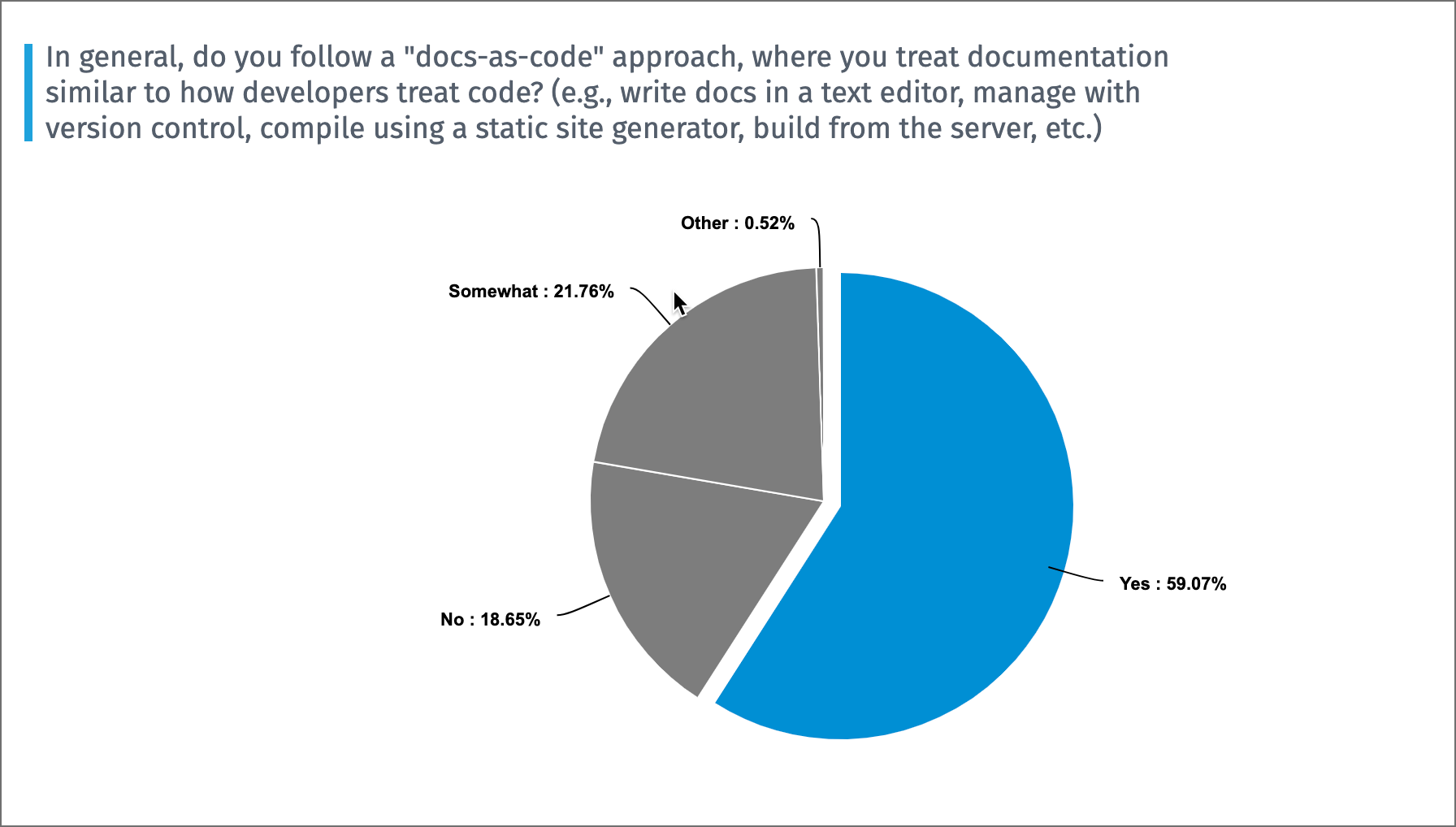
45% use Markdown as source format
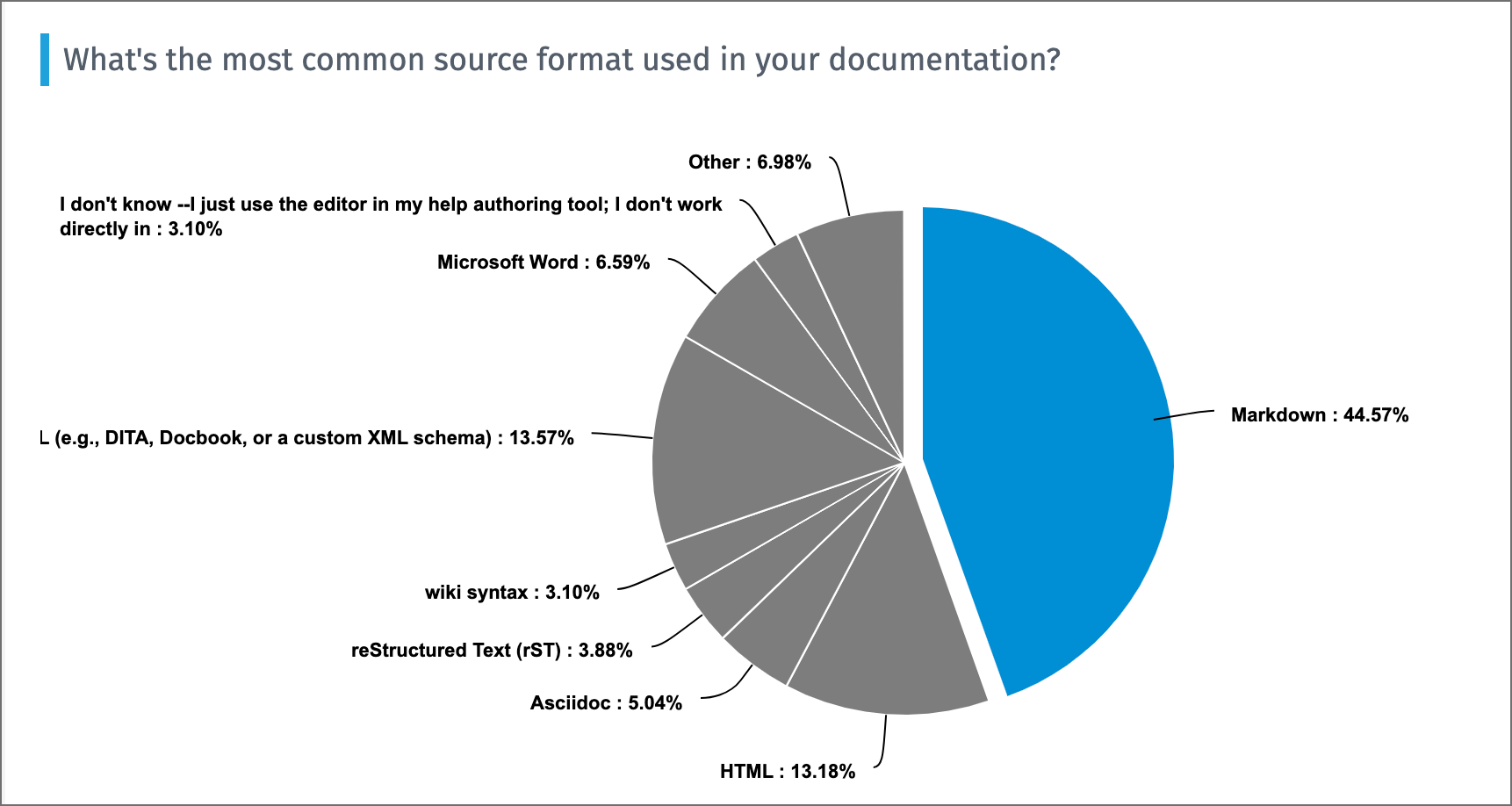
55% helped develop pub solution
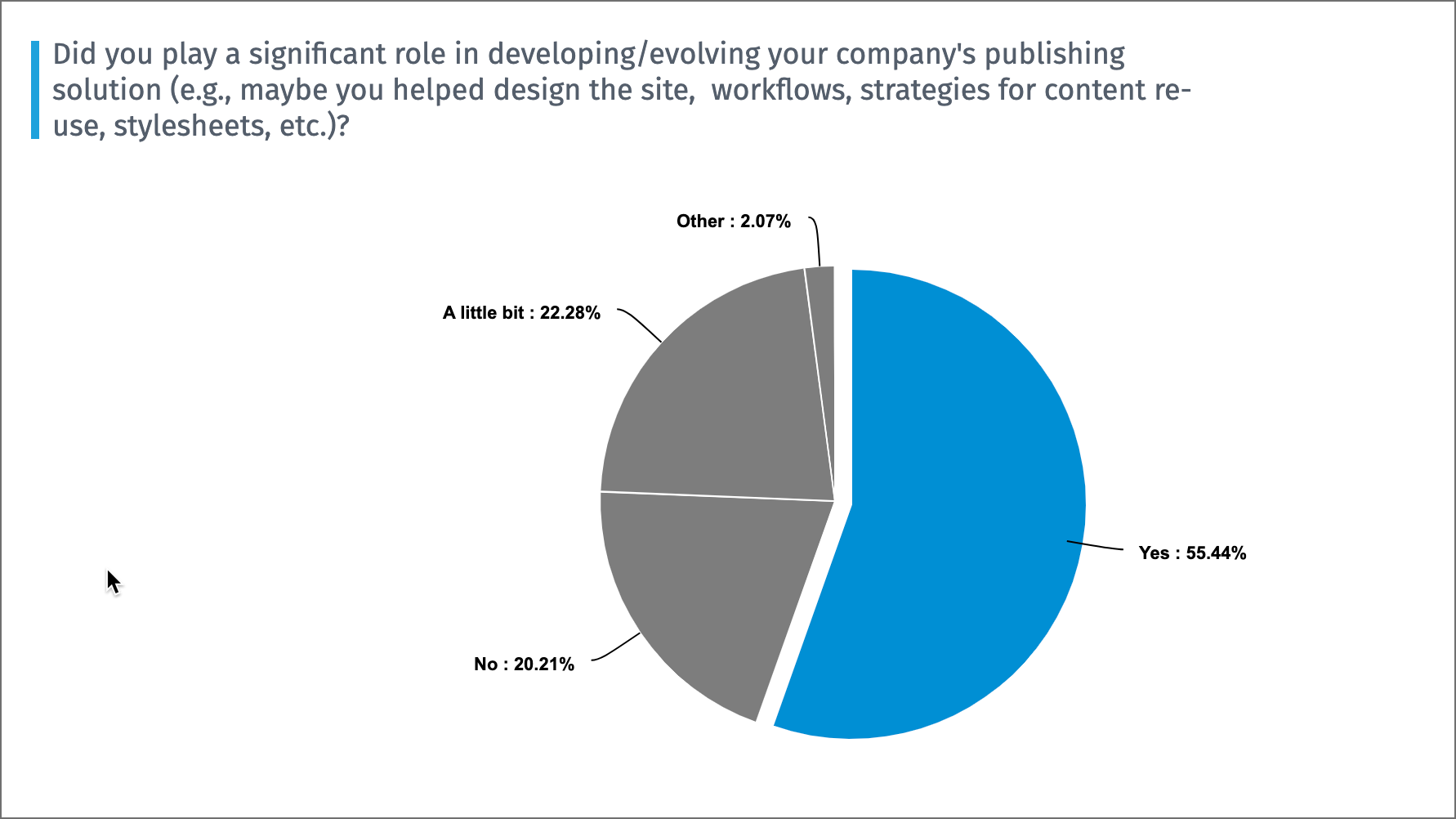
73% manage content in Git
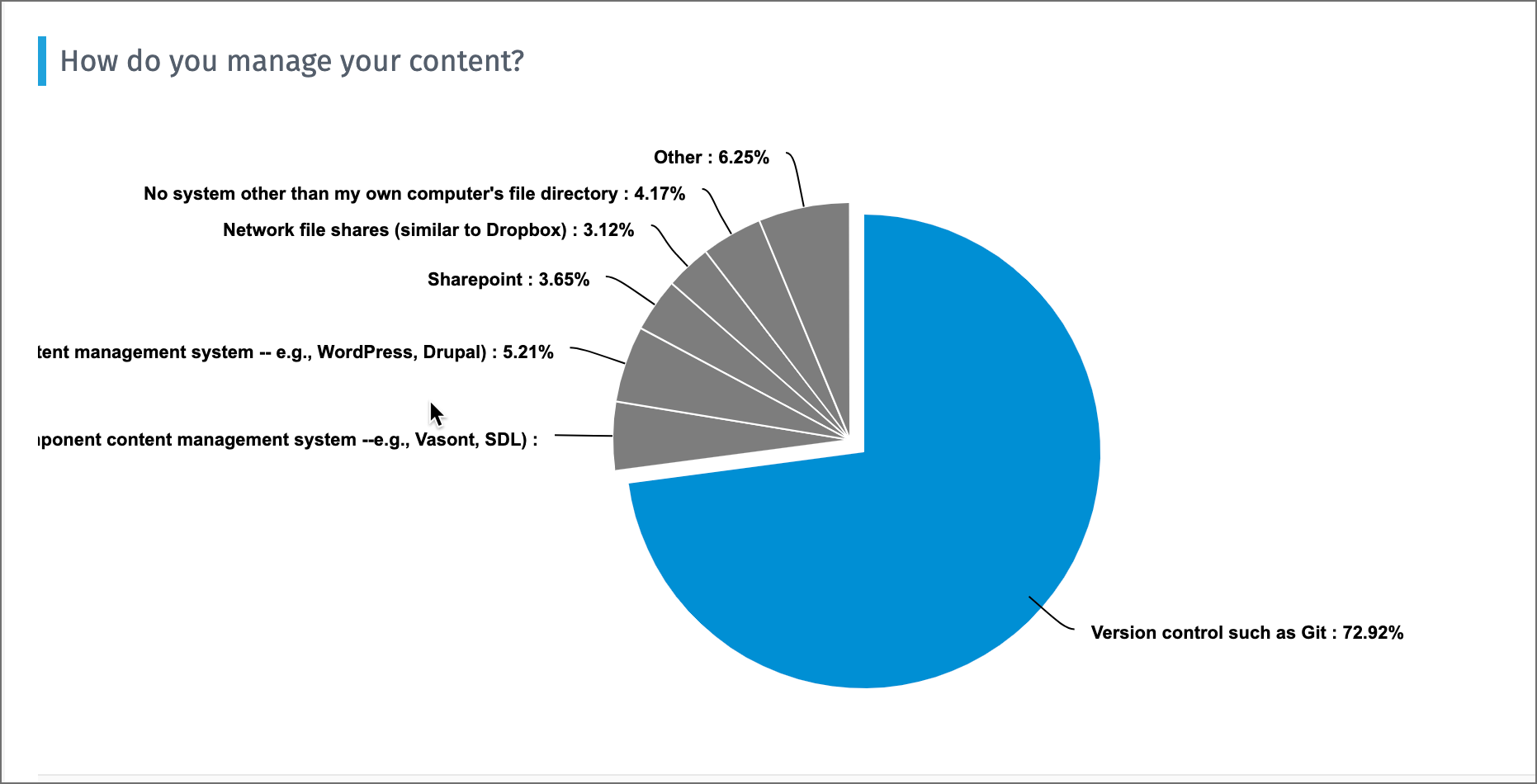
50% have continuous integration
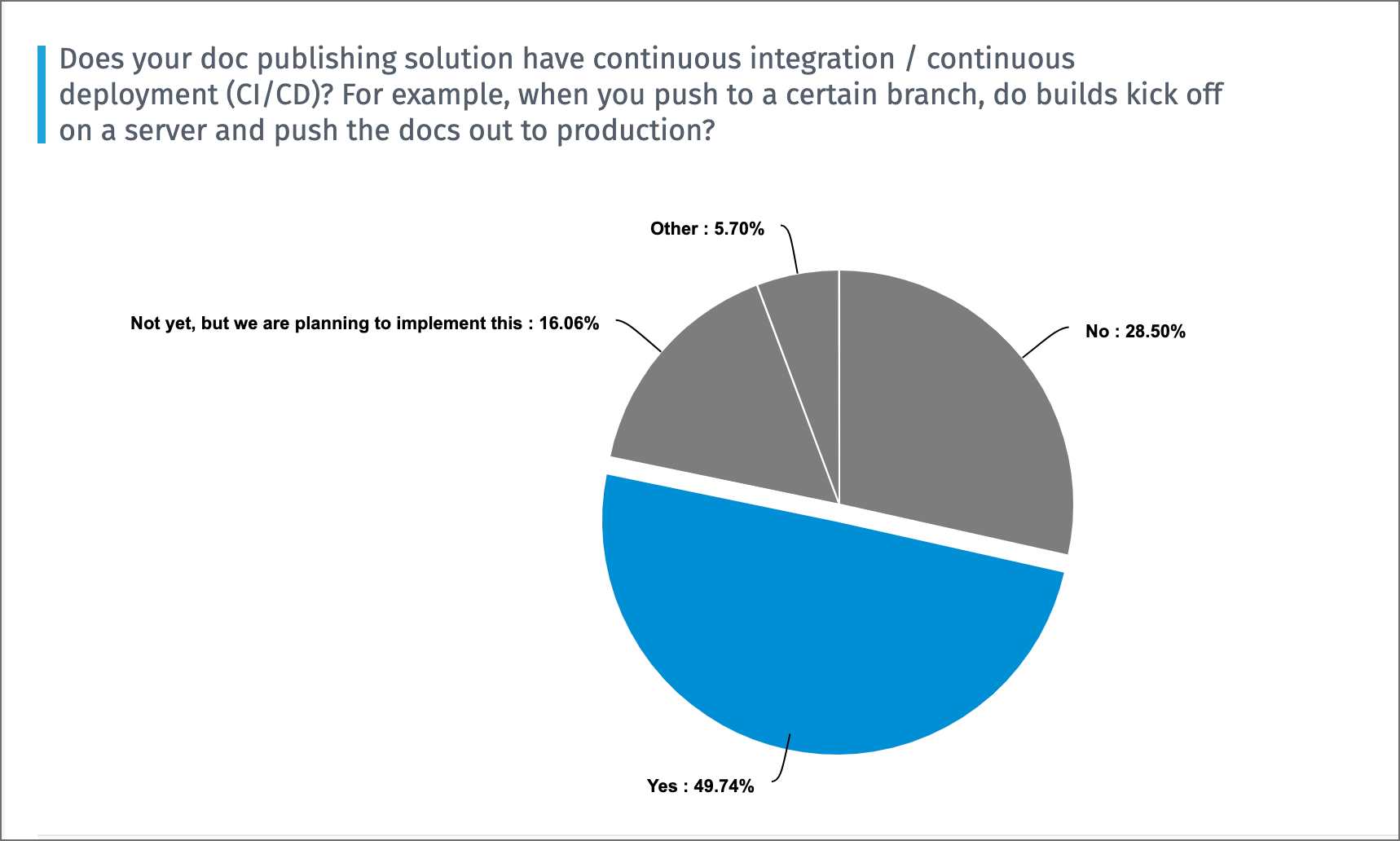
Why not use traditional HATs?
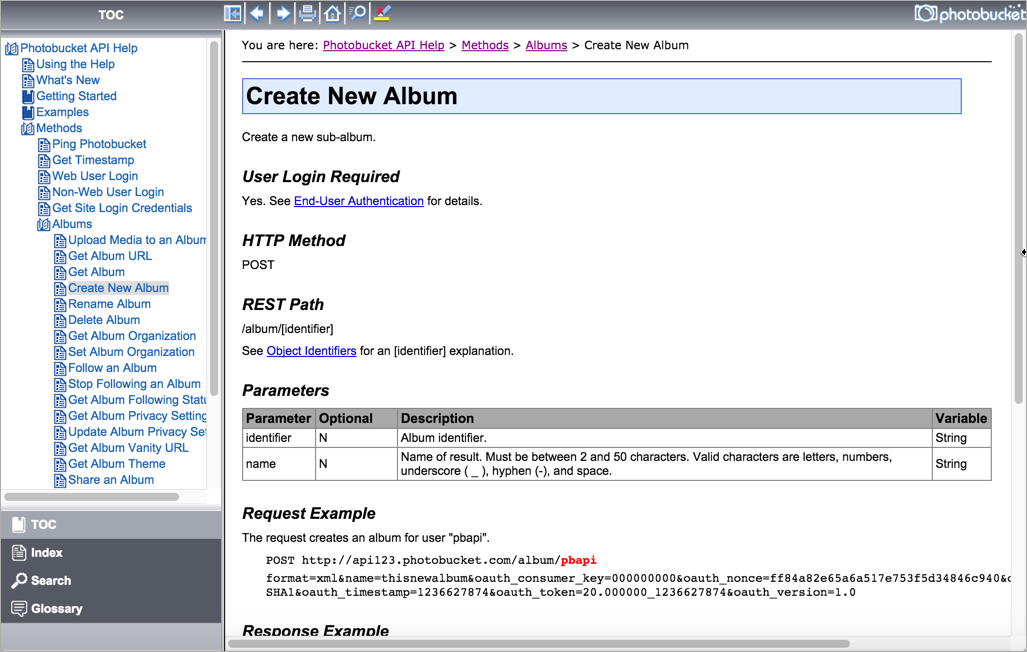
Reasons to avoid traditional HATS
- Developers often collaborate with docs
- Developers are allergic to XML
- Binary files don't version well in Git
- API docs need custom structures for reference topics
- Users want "Try it out" API explorers
- Automatic syntax highlighting is a must
- API docs are the product interface and must be attractive
The Docs-as-Code model

Characteristics of docs-as-code
- Lightweight markup (e.g., Markdown)
- Static site generators (e.g., Hugo)
- IDE-like text editor (e.g., Atom)
- Version control to manage content (e.g., Git)
- Build from server (e.g., Continuous Integration)
Real-time demonstration
Demonstration of docs-as-code publishing...
JAMstack: JavaScript, APIs, Markup
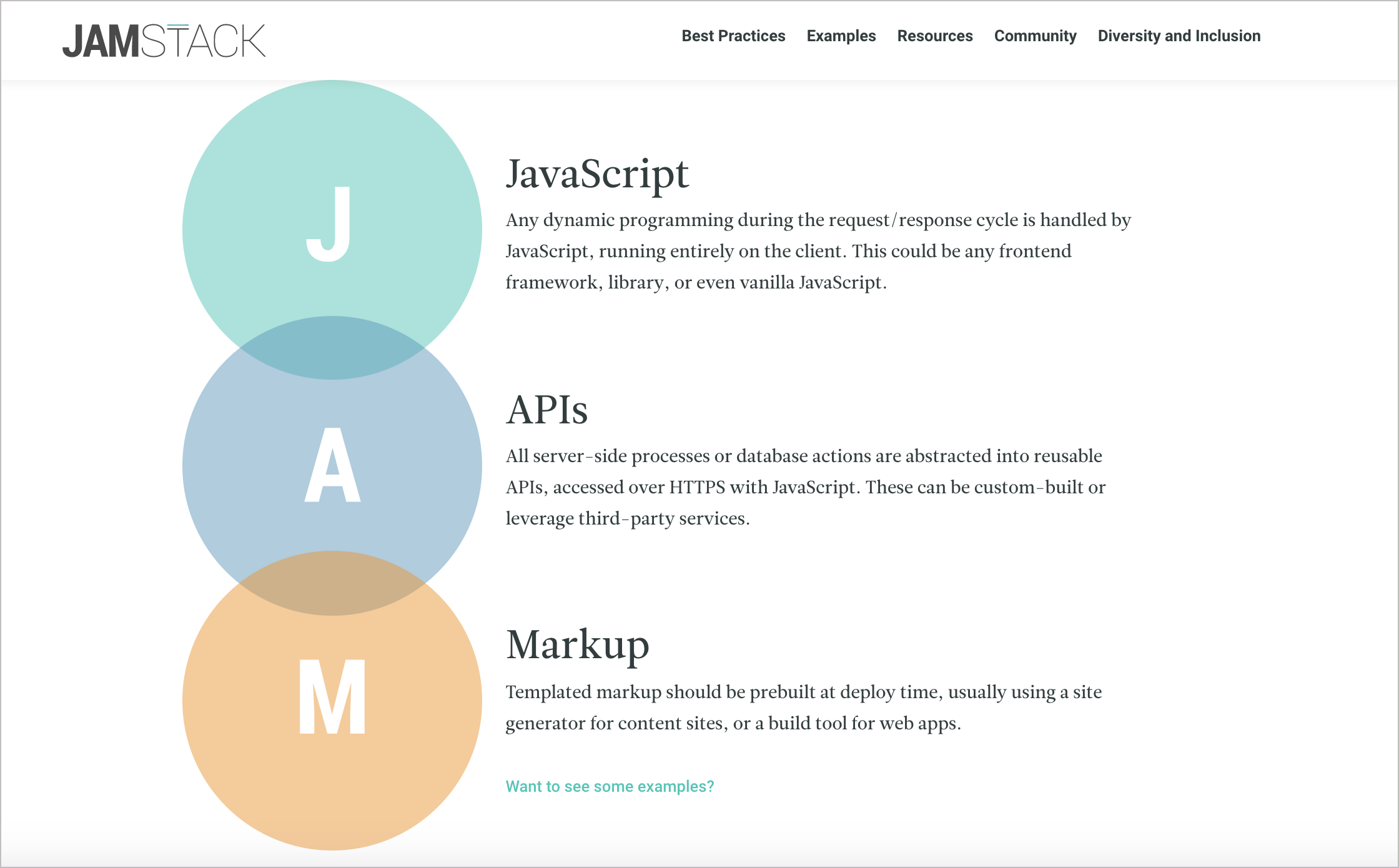
Several categories of tools
- Static site generators
- Hosting and deployment options
- Tools to render OpenAPI spec
1. Static site generators
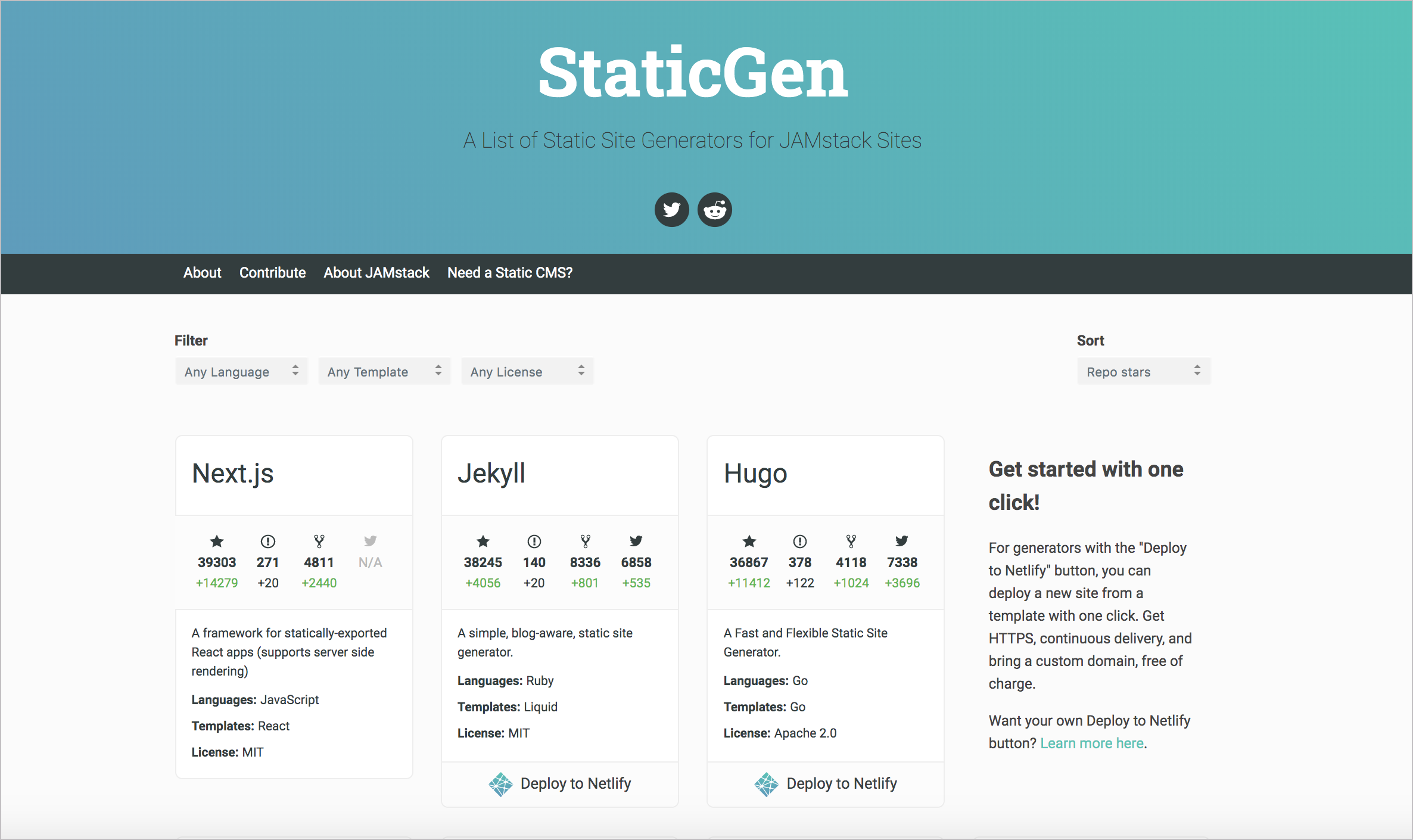
2. Hosting and deployment options
3. Tools to render OpenAPI spec
- Swagger UI (Demo)
- SwaggerHub (Demo)
- Readme.com (Demo)
- DeveloperHub.io (Demo)
- Redoc (Demo)
- Spectacle (Demo)
- Stoplight Studio (Demo)
- APIMATIC.io (Demo)
- Apiary (Demo)
Integration challenges

Custom: My current setup at work
- Jekyll + custom theme with no header/footer
- Use existing internal Git infrastructure
- Custom-built publishing pipeline
- Builds output, then ingests HTML into S3
- Server requests pull matching files from S3 store and inserts into template with header/footer
Activity 7a: Set up a GitHub wiki

Activity 7b: Clone your GitHub repo locally

Activity 7c: Push local changes to the remote

Questions?
